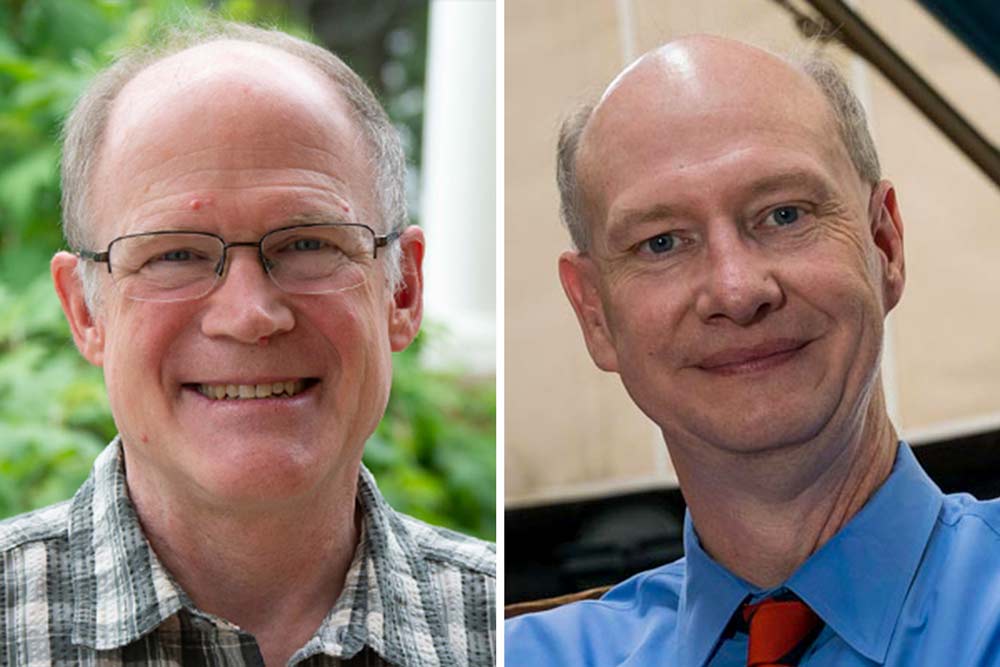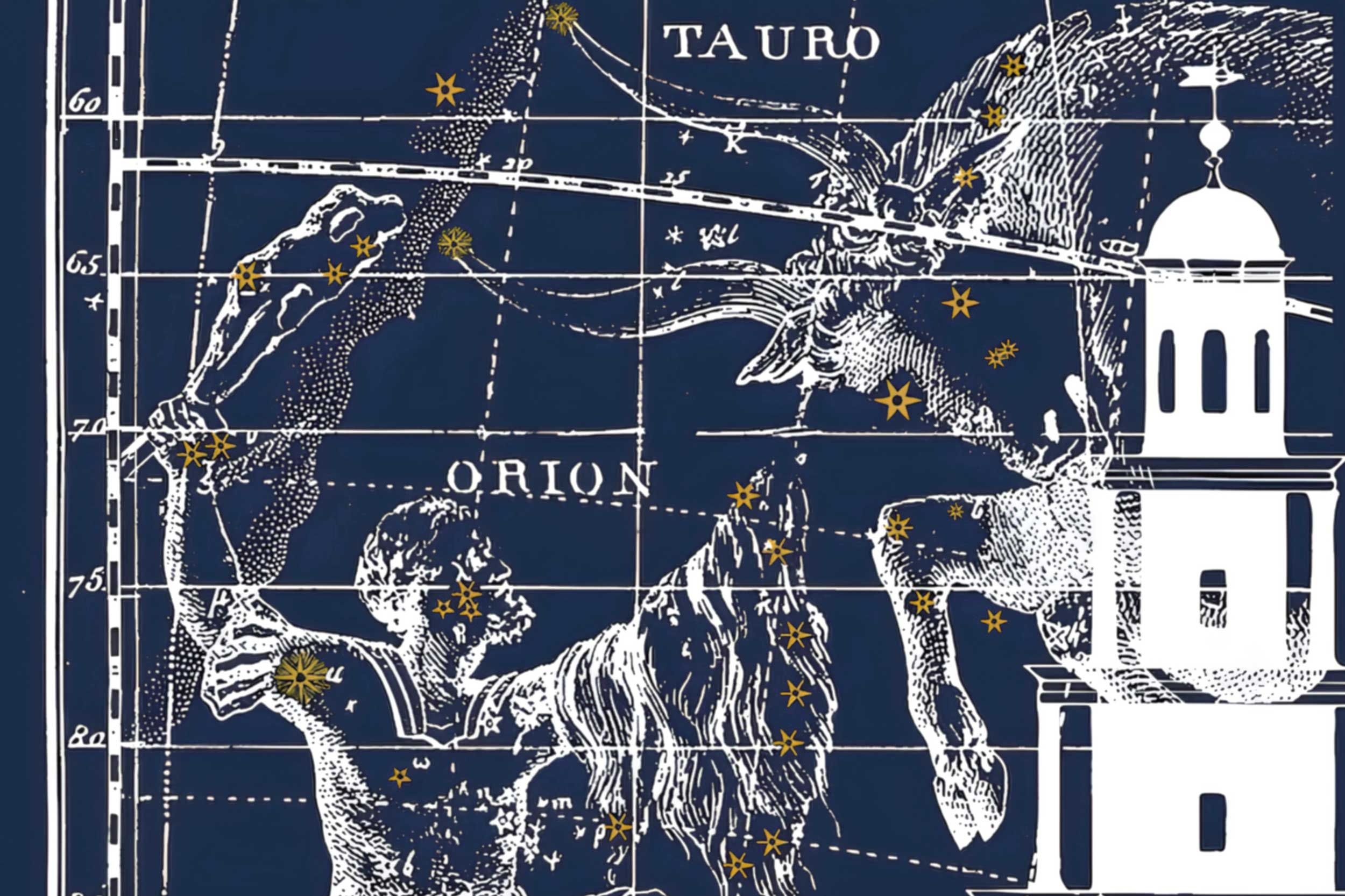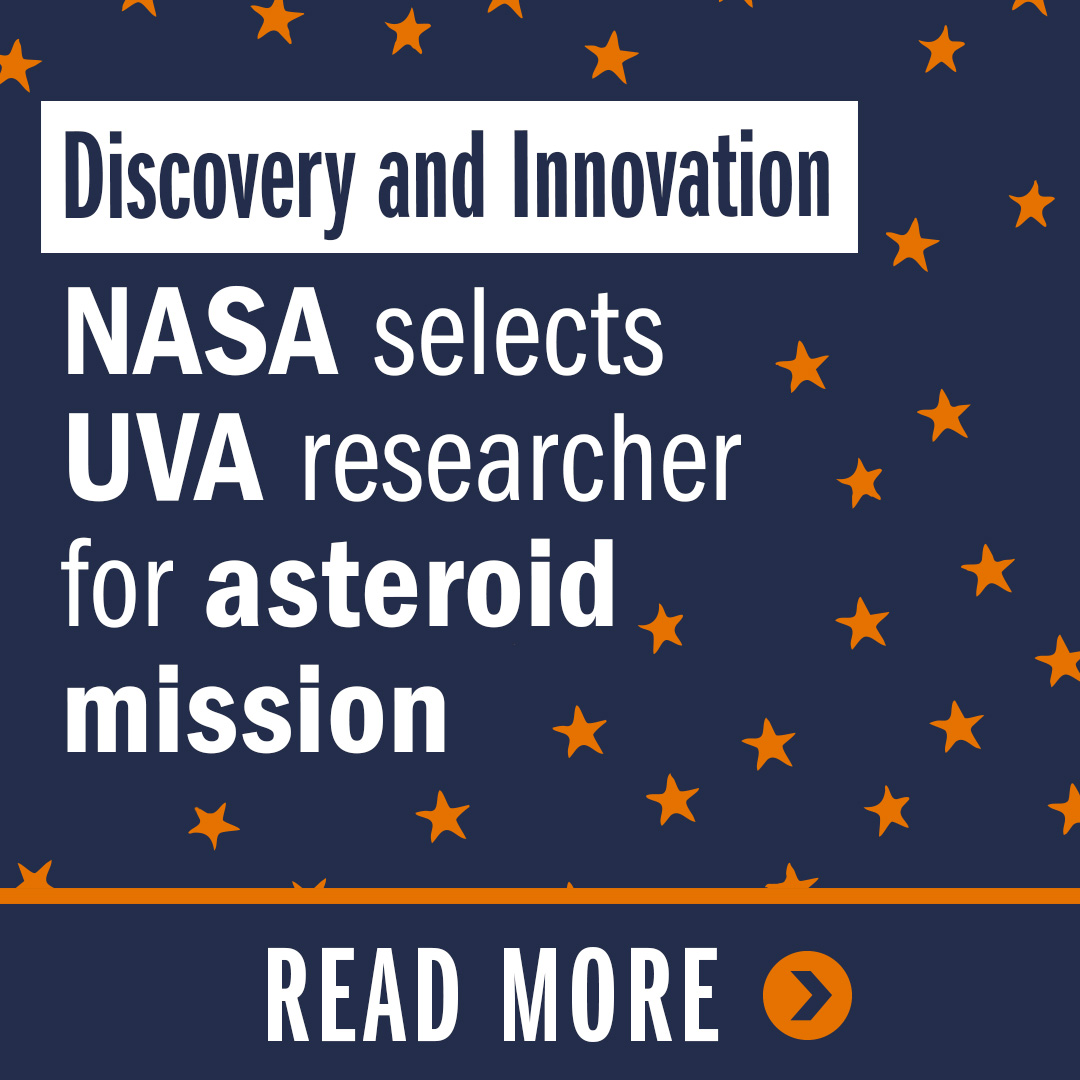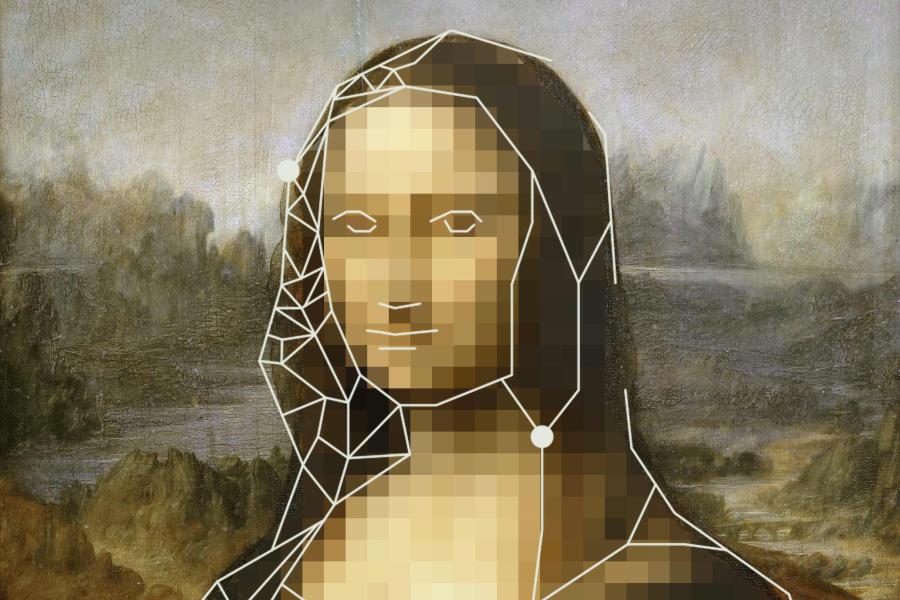Many in the University of Virginia community have trekked to the top of Observatory Hill to visit the Leander McCormick Observatory, dedicated in 1885 and still operating 140 years later.
But how many know that two smaller observatories were constructed at the University and demolished by the mid-19th century, before the McCormick Observatory opened?

Ricky Patterson, left, Ed Murphy, right, and UVA Library staff are the curators of the exhibition, which runs through Aug. 28. (UVA Library photo; University Communications photo)
A new summer exhibition in the First Floor Gallery of the Albert and Shirley Small Special Collections Library explores the history of these little-known buildings.
“Seeing Stars: The University’s Earliest Observatories” traces the evolution of astronomy at the University, beginning with Thomas Jefferson’s lifelong fascination with the science. He felt that astronomy should be taught to UVA students and desired an observatory on Grounds “which may command the whole horizons & heavens,” as he wrote in his unrealized plans for such a building. He devoted considerable effort toward establishing an observatory – surveying sites, drawing up blueprints and purchasing equipment.
These efforts continued after Jefferson’s death. In 1828, natural philosophy and mathematics professor Charles Bonnycastle directed the construction of a small octagonal building (based on Jefferson’s design) for “astronomical purposes” on Observatory Hill. In 1830, natural philosophy professor Robert Patterson oversaw the construction of a small brick house equipped with a telescope just south of Monroe Hill.
But after Patterson departed from UVA in 1835, both observatories were abandoned, fell into disrepair and were demolished by the 1850s.
“Seeing Stars” unearths the plans, drawings, purchase orders and correspondence surrounding these buildings. It also investigates Jefferson’s design for a planetarium in the Rotunda, as well as the story behind McCormick Observatory and its refractor telescope. The telescope was used for astrometry – the measurement and analysis of positions and movements of celestial objects – into the 1990s.










